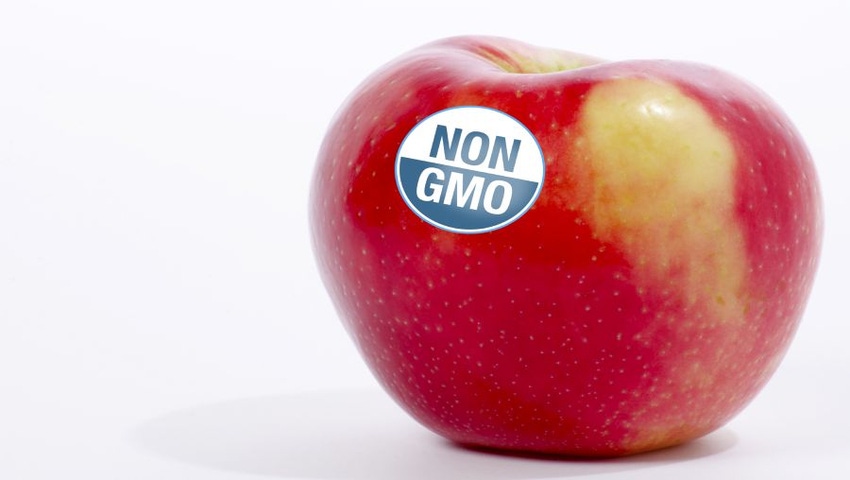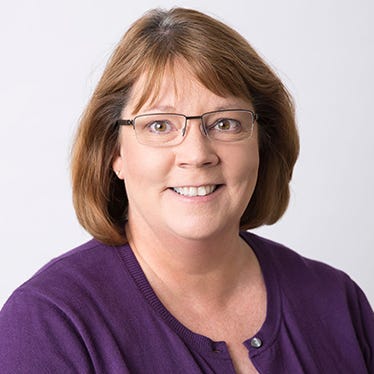Industry Responding to Consumer Demand for Free-From Foods
Walk down any grocery aisle and you will notice more food and beverage products making “free-from” claims such as ‘gluten-free,” “dairy-free”, “non-GMO” and many more. The free-from movement is being driven by consumer demand for cleaner products, and luckily, the food industry is meeting their demands.

Walk down any grocery aisle and you will notice more food and beverage products making “free-from” claims such as ‘gluten-free,” “dairy-free”, “non-GMO” and many more. The free-from movement is being driven by consumer demand for cleaner products, and luckily, the food industry is meeting their demands.
For some, avoidance is the result of having allergies and/or intolerances to specific foods or food ingredients. For others, it is a broader desire to avoid ingredients they consider as detrimental in some way to their health and well-being. In addition, there are consumers who choose to be avoiders of some foods or ingredients out of humanitarian, environmental and/or religious concerns, according to a new report from Packaged Facts.
Many consumers are avoiding certain foods and food ingredients for several reasons. Packaged Facts identifies five key constituencies that provide the context for why consumers choose to avoid certain foods and ingredients. Each constituency has a leading concern in regard to food avoidance, although individual consumers may have more than one set of concerns. The concerns that define each constituency are: Allergies and Intolerances; Health and Well Being; Humanitarian Concerns; Environmental Concerns; and Religious Concerns.
“Although consumers on the cutting edge of food and nutrition trends may see the food industry as moving at an iceberg-like pace when it comes to making changes, in fact, the industry is remarkably sensitive to shifts in consumer demands,” said David Sprinkle, research director, Packaged Facts.
In terms of food and ingredient avoidances, the industry, from the largest companies to the smallest, has in recent years moved to accept and promote the concept of sugar free, fat free, low carbohydrates, gluten free, no artificial coloring or other ingredients; cage free eggs; and no antibiotic use in raising animals and poultry.
Naturally, food and beverage companies would rather not spend on new food formulations or on new packaging if they didn’t have to. But when the food and beverage industry realizes that change is inevitable, it typically embraces the “new” with a spirit that makes it seem as if the changes were its idea in the first place. Indeed, once the food industry embraces a change, it is responsible for that change moving from the cutting edge to the mass market.
The decision by several large companies like ConAgra and Campbell to add GMO ingredient information to their labels is a good example of food companies seeking to avoid change but, when they could no longer, going forward in a professional manner, even as they continued to hold the position that the step was not really necessary from a health point of view—a stance that has since been validated by the National Academy of Science. Although they disagreed with the demand, they took the position that they were out to please their customers. But make no mistake, food marketers at the same time are also keeping their eyes open to distinguish between a real change and something that is simply a fad.
About the Author(s)
You May Also Like






.png?width=800&auto=webp&quality=80&disable=upscale)